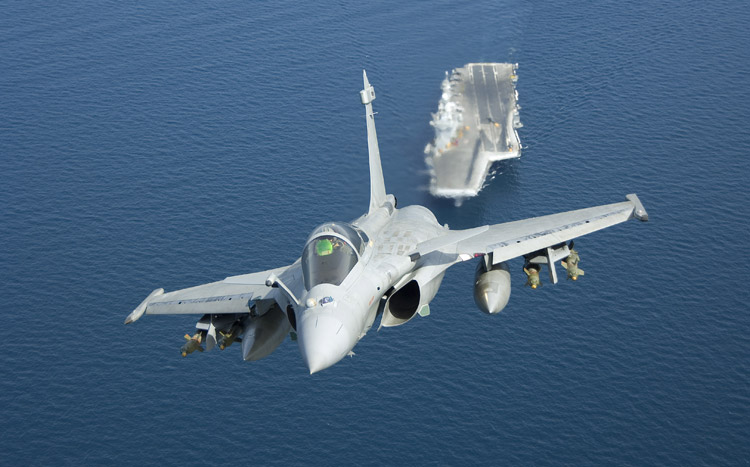
India Reactivates Kailashahar Airbase to Counter Chinese Moves
India has decided to revive the defunct Kailashahar airbase in Tripura, a strategic installation used during the 1971 Bangladesh Liberation War, as part of a proactive response to Bangladesh’s collaboration with China on military infrastructure. This move is seen as a direct counter to Bangladesh’s decision to upgrade the World War II-era Lalmonirhat airbase with Chinese assistance.
Located less than 20 km from the Siliguri Corridor — the narrow strip that connects mainland India to the northeastern states — the Lalmonirhat base’s revival has raised significant security concerns in New Delhi. Indian authorities believe the Chinese role in the project could pose long-term risks to the strategic bottleneck known as the “Chicken’s Neck.”
Kailashahar, which has remained inactive for more than 30 years, played a critical role during the 1971 war. It served as the launch site for the historic “Kilo Flight” missions — the first aerial strikes by Bangladeshi freedom fighters under the guidance of the Indian Air Force. Its reactivation now signals a return to military relevance in a geopolitically sensitive zone.
Strategic Concerns Over Lalmonirhat and Chinese Presence
The proposed upgrade of Lalmonirhat airbase by Bangladesh with Chinese support has been viewed in India as a significant shift in regional dynamics. China’s expanding footprint in South Asia, particularly in military logistics and infrastructure, is a recurring strategic concern for India.
The Lalmonirhat base’s proximity to the Siliguri Corridor gives it a potential edge in monitoring or even threatening India’s vital land connectivity to its northeast. In response, Assam Chief Minister Himanta Biswa Sarma warned that if Bangladesh were to target India’s “Chicken’s Neck,” India would retaliate by targeting Bangladesh’s “both chicken’s necks” — a reference to the narrow Bangladeshi corridors connecting its key regions.
India’s diplomatic and security establishments are now closely monitoring developments along its eastern frontier. Reviving dormant infrastructure like Kailashahar forms part of India’s wider effort to build defensive redundancies and preempt future vulnerabilities.
Strengthening Defence Along the Siliguri Corridor
The decision to reactivate Kailashahar is part of a larger push by India to reinforce its military posture in the Northeast. The Siliguri Corridor, barely 22 km wide at its narrowest point, is of immense strategic value. Any disruption in this land bridge could isolate eight northeastern states and compromise national security.
By rebuilding infrastructure at Kailashahar, India ensures it has enhanced surveillance capabilities and rapid response options in place should tensions escalate. The airbase is expected to be equipped for both combat and reconnaissance functions, with runway and logistic upgrades in the pipeline.
This defensive revival also fits into India’s wider strategy of upgrading border area connectivity, building dual-use infrastructure, and ensuring that China’s influence in neighboring countries like Bangladesh does not translate into military encirclement.
With these moves, India has signaled that it is ready to respond robustly to evolving regional threats and maintain strategic stability in the Indo-Bangladesh-China tri-junction.


















